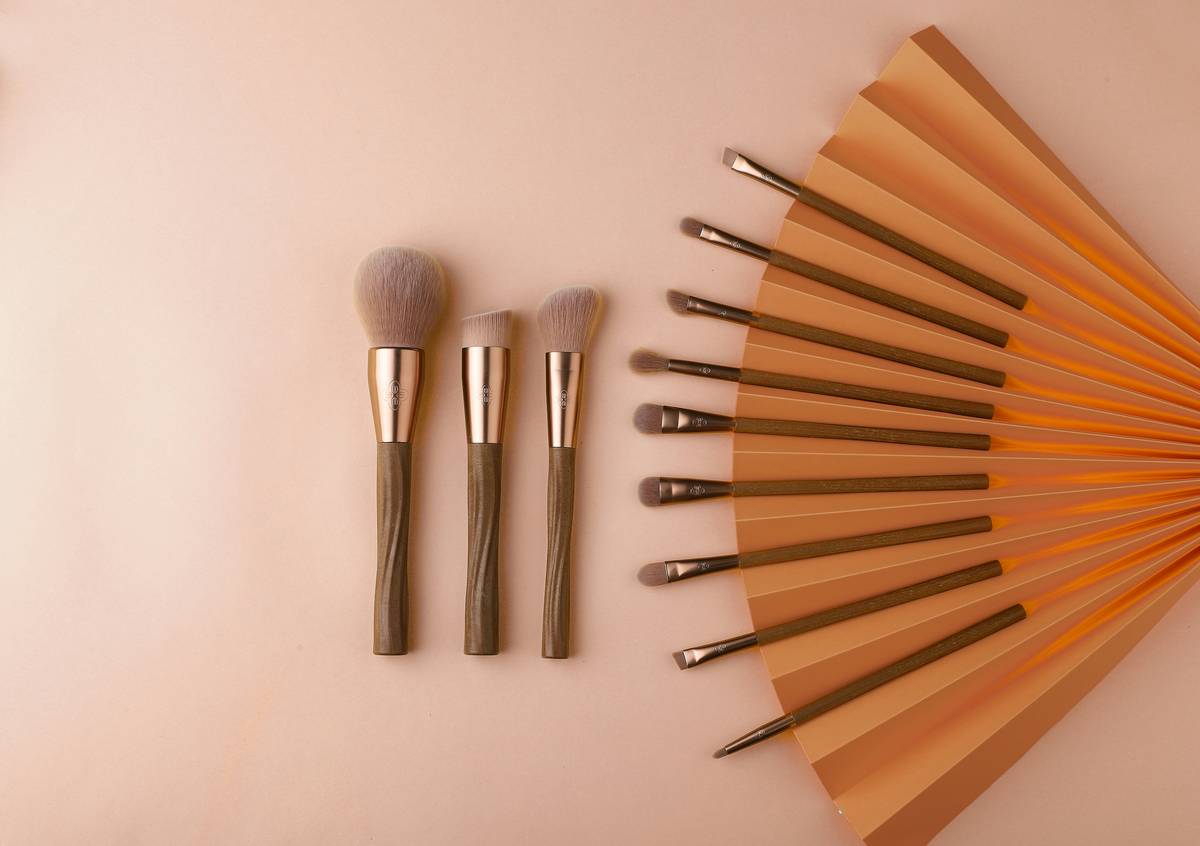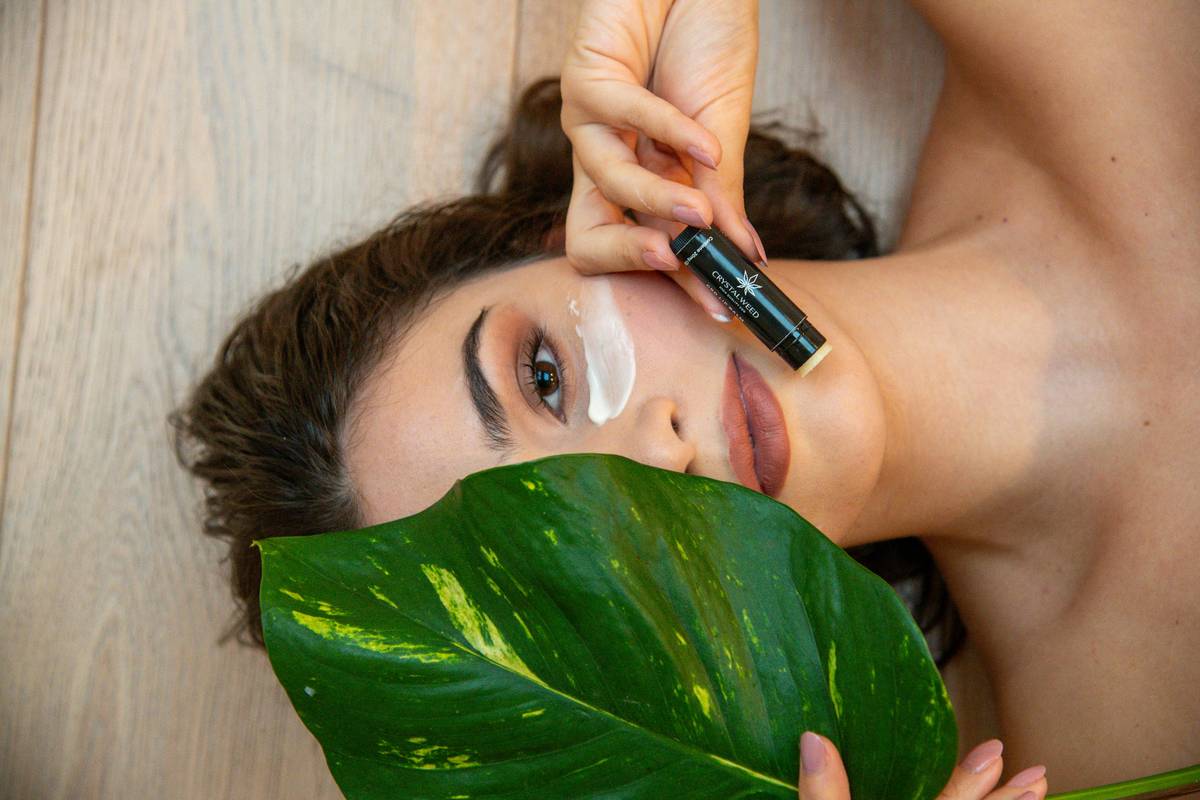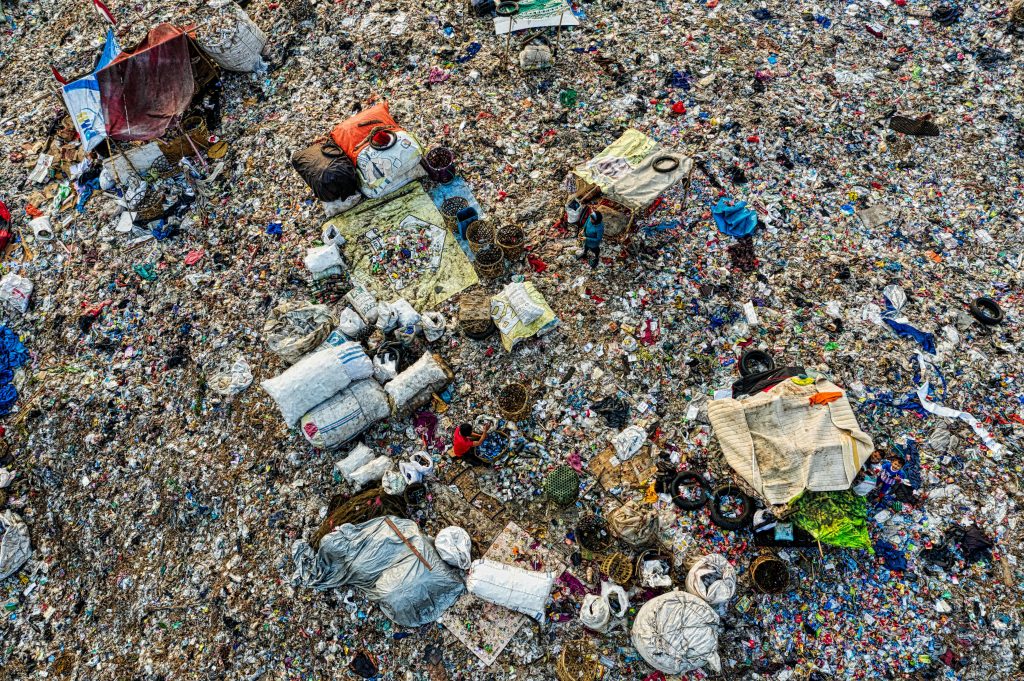Ever stared into the abyss of your makeup bag and wondered: “What’s the environmental cost of my glow?” If you’ve ever felt a pang of guilt while tossing out yet another empty mascara tube or foundation bottle, you’re not alone. In an era where the beauty industry produces over 120 billion units of packaging waste annually, the shift to sustainable cosmetics isn’t just trendy—it’s essential.
This post dives deep into how you can embrace sustainable cosmetics without sacrificing your natural makeup look. We’ll uncover why eco-friendly products matter, guide you step-by-step on adopting them, and share tips that’ll make your transition smoother than your favorite primer. Let’s get glowing—guilt-free!
Table of Contents
- Why Sustainable Cosmetics Matter
- How to Choose Eco-Friendly Makeup Products
- Mastering Natural Makeup Techniques with Sustainable Cosmetics
- Brands Leading the Way in Sustainable Cosmetics
- FAQs About Sustainable Beauty
Key Takeaways
- Sustainable cosmetics reduce environmental impact by using recyclable materials and ethical sourcing.
- Natural makeup looks can be achieved effortlessly with eco-friendly alternatives.
- Choosing sustainable products starts with understanding labels and brand values.
- Eco-conscious brands like RMS Beauty and Tata Harper are revolutionizing the industry.
Why Sustainable Cosmetics Matter
“Optimist You:” “Sustainable cosmetics sound great! I’m sure they’ll save the planet!”
“Grumpy You:” “Ugh, but what if my contour game suffers? No thanks.”
Let me drop some truth bombs here: The $500 billion global beauty industry has a dirty little secret—most traditional cosmetics rely heavily on single-use plastics and harmful chemicals. These aren’t just bad for Mother Earth; they’re also rough on your skin. But wait, it gets worse. Did you know that microplastics from exfoliating scrubs often end up in our oceans? Yeah, fish are basically eating your last face wash.

A graph illustrating the staggering amount of waste produced by the beauty industry each year.
Confessional fail time: I once bought a ‘green’ eyeshadow palette because of its cute leafy logo…only to discover later it was full of synthetic dyes and non-recyclable plastic. Facepalm central.
How to Choose Eco-Friendly Makeup Products
“Step 1: Read Labels Like Your Skin Depends On It (Spoiler: It Kinda Does)”
The first rule of going green? Become a label detective. Here’s how:
What Should You Look For?
- Certifications: Words like “Cruelty-Free,” “Organic,” or “Vegan” should jump out at you.
- Packaging: Think reusable glass jars or biodegradable cardboard boxes instead of glossy plastic.
- Ingredeints: Prioritize plant-based oils over petroleum derivatives. Pro tip? Google ingredients you don’t recognize—they might surprise you.
What to Avoid
- Greenwashing: Just because something says “natural” doesn’t mean it actually is. Always double-check certifications.
- Terracycling Programs: While helpful, relying solely on programs like TerraCycle shifts responsibility away from brands themselves. Opt for brands doing both.
Mastering Natural Makeup Techniques with Sustainable Cosmetics
Now onto the juicy part—the artistry. Transitioning to sustainable cosmetics doesn’t mean compromising on results. Here’s how to master that no-makeup makeup look with eco-conscious flair:
Tip #1: Build Your Base Mindfully
Use a tinted moisturizer made with natural pigments and SPF protection. Brands like Ilia Beauty offer options that feel as light as air but still deliver coverage.
Tip #2: Layer Wisely
Blend cream blushes and bronzers sparingly—they mimic flushed skin tones better than powders anyway. Plus, fewer layers = less product waste!
Terrible Tip Alert:
Do NOT buy every “sustainable” item just because influencers rave about them. Trust me, your wallet will cry, and half those tubes will collect dust. Start small—one lipstick, one foundation—and build from there.

A woman demonstrating natural makeup techniques with eco-friendly products.
Brands Leading the Way in Sustainable Cosmetics
Speaking of good vibes, let’s highlight some trailblazers making moves in this space:
- RMS Beauty: Their Un-Cover-Up concealer is life-changing AND housed in recyclable aluminum packaging.
- Kjaer Weis: Refillable compacts so luxe you’ll forget they’re saving trees.
- Lush Cosmetics: Naked products galore—solid foundations, shampoo bars, and more.
FAQs About Sustainable Beauty
Q: Are sustainable cosmetics more expensive?
A: Sometimes, yes. But think long-term savings: quality over quantity means fewer replacements needed. Chef’s kiss, right?
Q: Do all natural ingredients work well with sensitive skin?
A: Not necessarily. Test before committing—even nature can cause reactions depending on your skin type.
Q: Can I recycle ALL my old makeup containers?
A: Sadly, no. Most curbside programs reject cosmetics due to residual product inside. Check local recycling centers or specific brand take-back programs.
Conclusion
We’ve covered everything from the grim reality of beauty industry waste to actionable steps for embracing sustainable cosmetics. Remember, switching to eco-friendly makeup isn’t about perfection—it’s progress. Even swapping ONE product makes a difference.
So go ahead, treat yourself to that green goddess lipstick—but only after ensuring it aligns with your sustainability goals. Happy shopping, earth warriors!
Haiku moment:
Green choices today
Tomorrow’s cleaner world
Beauty meets purpose


